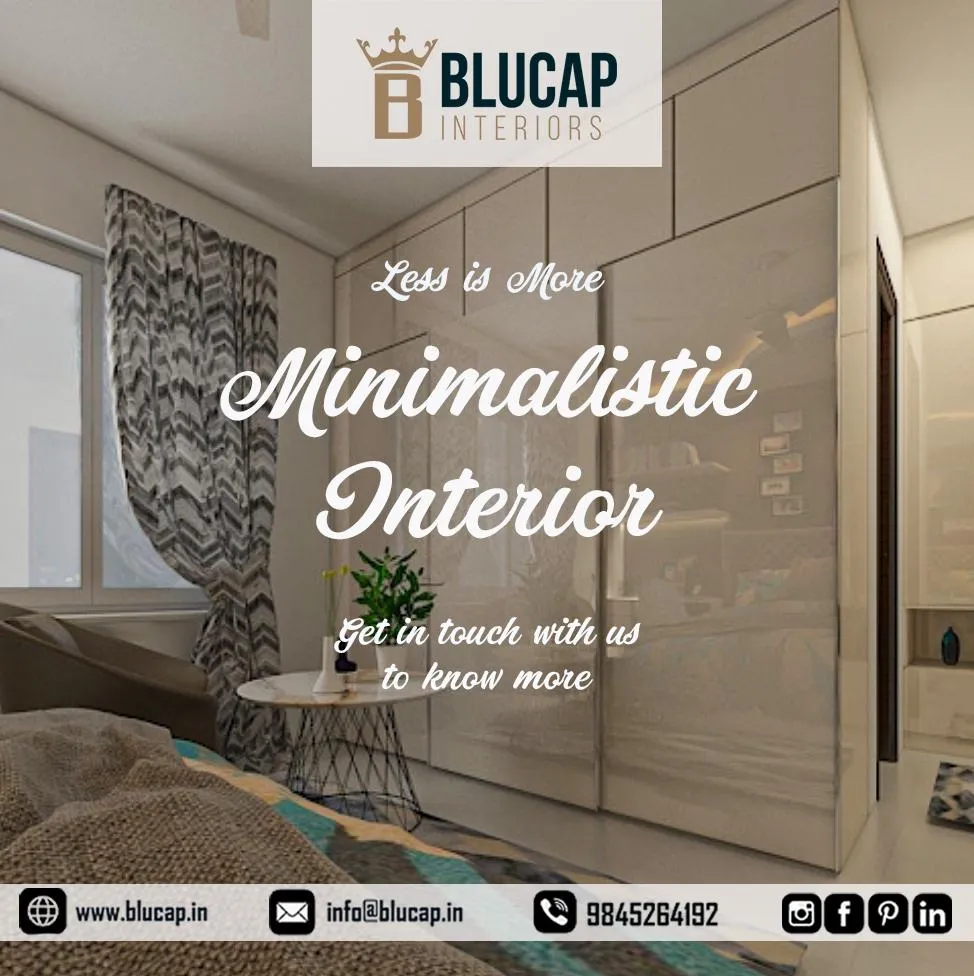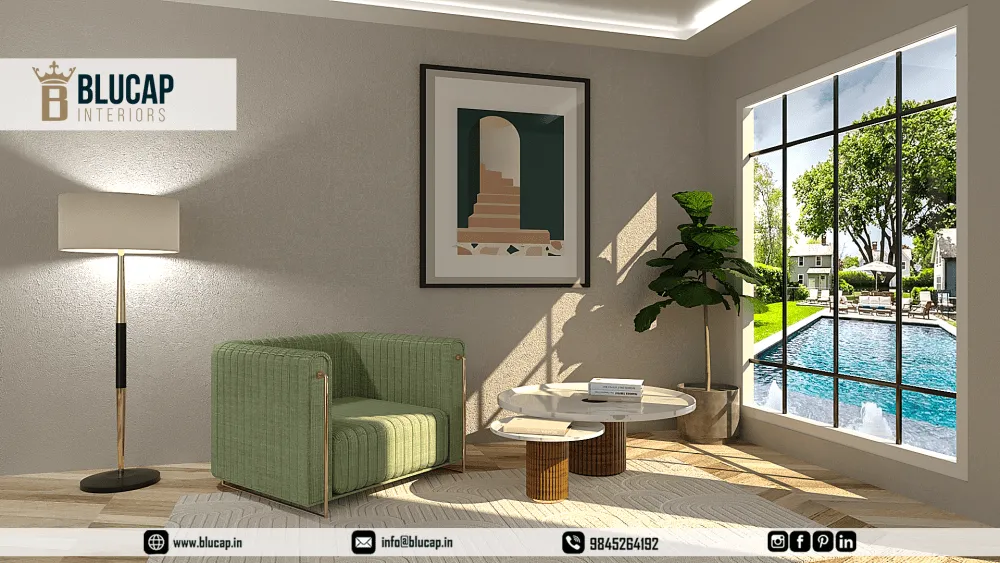Here’s what you need to know
about minimalistic interior designing...
1.) What is minimalistic interior design?
The concept of minimalism is very popular nowadays and most people today are familiar with it. Minimalism is an approach to design where the elements of the structure are simplified to their essential components. Nothing is added for effect. In other words, stripping the space down to the basic form and avoiding redundant elements. Minimalism can be applied to anything from art and lifestyles to architecture and interior design.
The design needs to be clear and simple, but not boring. This is where the use of light, form, and beautiful materials is so essential. The craft of the construction is incredibly important since you cannot add trim to cover misalignments. Clean design and functional space that operates as a background to what function is contained within, is simply called a minimalistic style.
The style of minimalist interior design is very similar to the modern interior design but involves using the bare essentials to create a simple and uncluttered space. It’s characterized by simplicity, clean lines, and a monochromatic palette with color used as an accent. It usually combines an open floor plan, lots of light and functional furniture, and it focuses on the shape, color, and texture of just a handful of essential elements.
The “less is more” motto has a deep meaning at its base. Eliminating the mess and reducing to the essentials in a space is a way to foster the same simplification in our mind. Removing mental clutter, concentrating only on what is essential, is what a “minimalist” state of mind would be. Pretty desirable, isn’t it? Then why can’t we consider it in the space we live in.

2.) Why should you consider minimalistic interior design?
Our brain is a complicated organ and funny sometimes. We may never completely understand how the brain functions, but there are studies that show how the brain reacts to symmetry, and it’s a positive reaction. It might sound unacceptable that we feel happier when we use curtains and other upholsteries matching to the wall paint, but there is some psychological proof to achieving and how it can make us feel content.
Clutter makes us stressed sometimes. We all know how it feels going home after a long day and see things scattered around the house. But the minute the clutter starts hitting the trash can, feelings of relaxation and organization take over. It is sure that we all would have gone through the same feeling at least once. Perhaps, we should all consider embracing a more permanent minimalist approach to our home design? If we really stop to think about it we might figure out that actually we don’t need so many things; we can live in a space with a lot less, people nowadays are inspired by their space to focus on the essentials and items of personal value.
It has a calming effect to live in a well-designed and uncluttered space.
Here are some points psychology tells us to consider about a space.
- A cluttered space can make us anxious.
- A dark space can make us feel depressed or gloomy.
- A bright space can make us feel stressed and hurried.
- A small space can make us feel cramped, trapped or closed-in.
It doesn’t mean that we have to get rid of all of our personal belongings or live in an empty space; it just means that a simple home that has balance, symmetry, and minimalism will make us happier.
3.) How to achieve a minimalistic interior design?
Apple’s co-founder Steve Jobs said, “Simple can be harder than complex”. Minimalism allows something other than the space to be the focus. Everything should be functional and add value to space. You still need all of the items in a space for it to function, but in minimalist decor, 'form' is very important. The biggest challenge is to make a space look warm and welcoming. A minimalist interior design (especially for those who are not used to it) can seem very limiting.
Here are some points to consider:
- Keep the space simple.
- Plan the storage.
- Keep it uncluttered.
- Avoid knick-knacks.
- Bare walls with minimal artworks.
- Accentuate the existing features of architectural works (if any).
- Use monochromatic or classic shades of black, white, beige and gray.
- Bold shades such as orange, red and green can be used as an accent.
- Invest in quality fixtures.
- Select stand out pieces for furniture.
- Let a work of art dominate the space.
- Let views speak for themselves.
- Allow plenty of open spaces.
- Allow natural light to fill the space.
Clean lines, reductive, uncluttered, monochromatic, simplicity, "less is more"—these are some of the terms and concepts that have to be followed to achieve minimalism. Once it is accomplished it is impossible to deny the serenity and simple beauty. But frankly speaking, achieving this look is more difficult, which can leave a space feeling cold, sparse and unlived-in, or even empty.
Since minimalist design is all about bare-boned beauty, celebrate your home's architectural details by using them to your advantage by designing around them rather than concealing them. Most minimalist interiors have a simple approach to color—keep it light and simple. You will notice that minimalist homes usually have rather large windows that allow natural light to fill the room. Colors can bring a change to our mood. You may also notice that wall colors are usually quite neutral, with a splash of modern red or other bold colors used sparingly via accent walls or accessories. These light, neutral colors allow a home to feel open, inviting and airy. Doesn’t that sound relaxing? It certainly sounds like the type of environment that would make you happy. Neutral, simplistic rooms allow our brains to process the room as a whole, without causing our eyes to flit about between confusing, bright colors and small knick-knacks.

4.) Why you’ll love minimalist style?
- Minimalism can help to achieve making small spaces appear larger.
- The concept of minimalism almost never goes out of style when done well.
- Minimalistic interior design helps to save a lot by not bringing in too many furnishings and features that you simply don’t need
- Highly attainable and easy to source, minimalistic design pieces are easier to maintain and also can be sourced without hassle.

